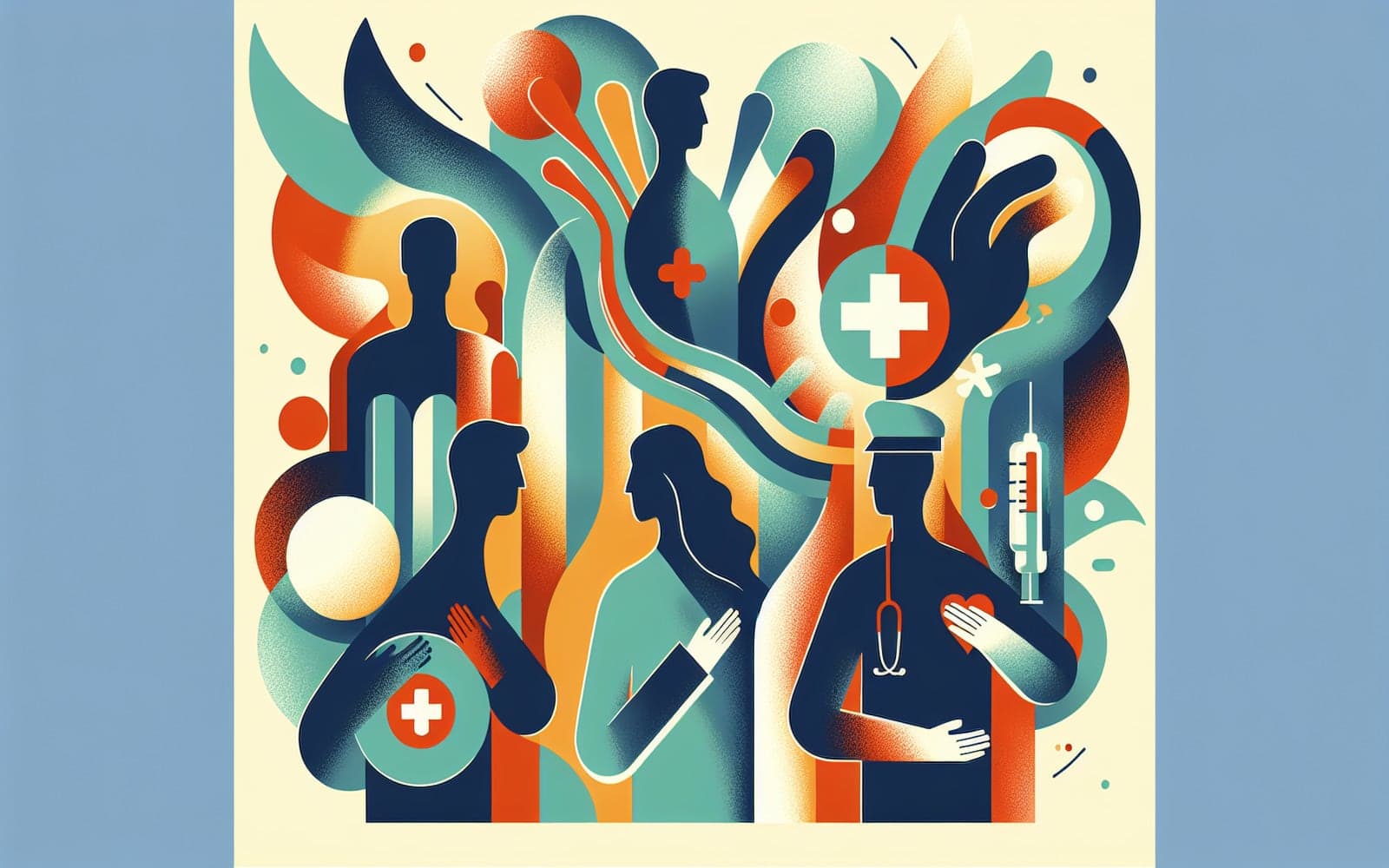Who is Most at Risk from Human Bite Infections?
Who is Most at Risk from Human Bite Infections?
Understanding the Risks
Not all human bites carry the same risk of infection. Knowing the risk factors can help you stay informed and prepared.
Contents
- High-Risk Wound Locations
- Vulnerable Populations
- Delayed Treatment Concerns
High-Risk Wound Locations
Bites on the hands, face, or genitals are more likely to become infected due to their proximity to vital structures. These areas require careful monitoring and possibly more aggressive treatment. Recognizing these risk zones can help prioritize care and prevent complications.
Vulnerable Populations
Individuals with weakened immune systems, such as those with diabetes or undergoing chemotherapy, are at higher risk for severe infections. These patients should be vigilant in seeking medical care after a bite, as their bodies may not fight off infections as effectively.

Delayed Treatment Concerns
Wounds that are not treated promptly, especially those left untreated for over eight hours, are more susceptible to infection. Early intervention is crucial to prevent the onset of infection and facilitate healing.
FAQs
Which bite locations are risky?
Bites on hands, face, or genitals are at higher risk for infection.
Who are vulnerable to infections?
People with weakened immune systems like diabetics are more at risk.
Why is early treatment important?
Early treatment prevents infection and promotes quicker healing.
Key Takeaways
Recognizing risk factors can help you take timely action against infections.
Additional References
- Zubowicz VN, Gravier M. Management of early human bites of the hand: a prospective randomized study. Plast Reconstr Surg 1991; 88:111.
- Talan DA, Abrahamian FM, Moran GJ, et al. Clinical presentation and bacteriologic analysis of infected human bites in patients presenting to emergency departments. Clin Infect Dis 2003; 37:1481.
This article has been reviewed for accuracy by one of the licensed medical doctors working for Doctronic.











